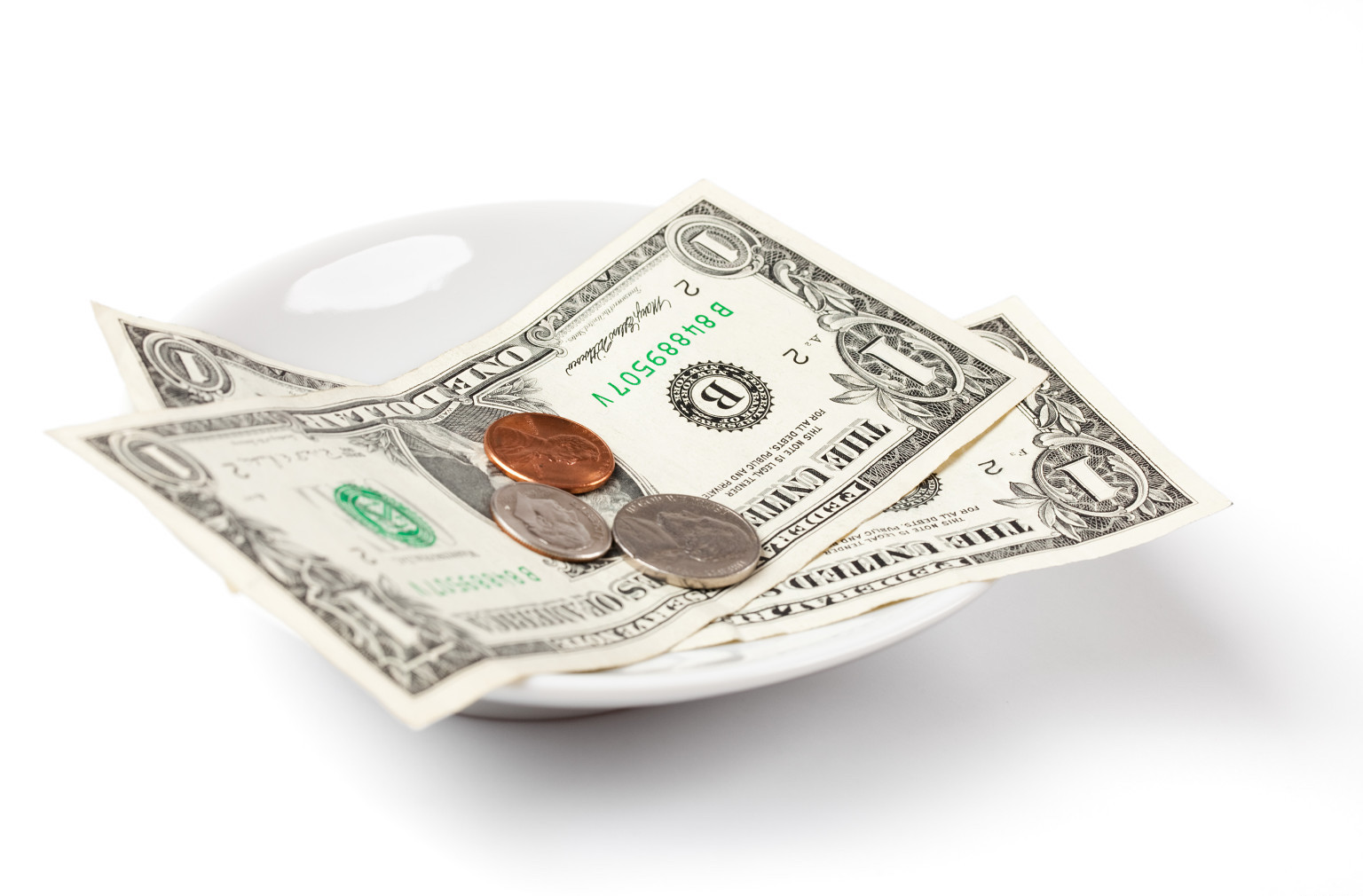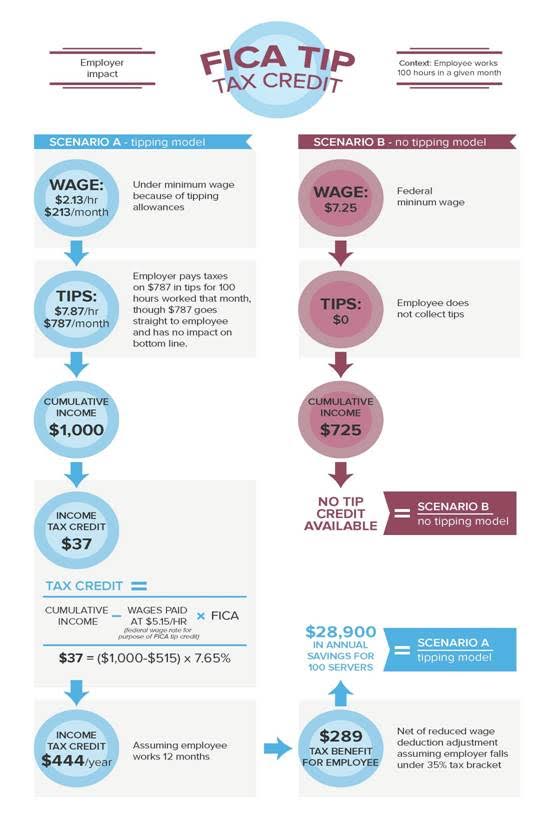Most Consumers Not Ready to Stop Tipping
/NEW YORK, Feb. 2, 2016 /PRNewswire/ -- According to Horizon Media's latest Finger on the Pulse Survey — the agency's proprietary online research community comprised of 3,000 people reflective of the U.S. population — the majority of American consumers are not yet ready to embrace tipping bans, a phenomenon that is becoming increasingly popular in restaurants across the country. Millennials and Generation Z, however, are more open to change.
Tip banning - eliminating tipping in favor of paying servers a higher wage – is a becoming a hot issue as popular restaurant owners likeDanny Meyer of Shake Shack have begun instating the practice in their eateries. The change in practice isn't limited to the coasts. National chains like Joe's Crab Shack as well as independent establishments across the nation have also joined the ranks. This "service included" approach to the bill is already common in other parts of the world, including Europe.
Yet Horizon's latest Opinion Pulse data suggest these restaurants may be getting ahead of U.S. consumers' appetite for change: 81% of adult restaurant-goers are not yet ready to welcome built in tipping. These consumers want status quo -- the decision to tip within their control and dependant on a positive service experience. For over half of these restaurant-goers, the main drawbacks of built in tipping come down to expected effects on service: 55% say they would be forced to pay the same amount no matter how good or bad service is, and 52% say it should be up to them to decide how much to pay for service.
While older consumers are hesitant to embrace the change, Millennials and Gen Z are more ready for a tipping revolution: 29% of people aged 18-34 say tipping is an outdated and unfair practice versus 18% of people aged 35-49 and 13% of people aged 50-64. Just 44% of 18-34 year olds say they are against tip being built into an item price, versus 6 in 10 of the older crowd (61% of 35-49 and 59% of 50-64). But just because they are more forward-thinking on the practice doesn't mean they think the change will happen quickly. In fact, they are more skeptical: 70% of Millennials and Gen Z say they think tipping practices will be the same as they are now in 5 years' time (versus 60% of 35-49 and 53% of 50-64).
"There are real economic and life stage realities at play for the younger crowd," said Kirk Olson, VP, TrendSights at Horizon Media. "Many Millennials still face underemployment and Gen Z-ers who've begun working are often working service jobs dependent on tips. Considering the rising popularity of Bernie Sanders' "living wage" stance among the same group, it makes perfect sense that they show greater interest in seeing tipping evolve," continued Olson. "They're also more global and connected. They know 'service included' is the way it's done elsewhere and think it would be better for the U.S., even if they're not convinced it will become a reality any time soon."
Regardless of age, those who are interested in switching to a built-in tip structure are passionate about the benefits – primarily as a way to better predict cost; those who prefer built-in tipping are over two and a half times more likely to say the cost of the entire meal would be clearer prior to ordering (70% vs. 26% who want tipping left as is). Fairness is an important motivator as well: 62% of those who welcome built-in tipping say it would ensure the servers earn a fair and liveable wage (vs. 32% who want things to stay as is), and 45% say the current tipping structure is outdated (versus 15% among those who want things to stay as is).
"While the research suggests consumers aren't quite ready to abandon tipping per se, it does portend that in the future convenience will likely trump control," said Rich Simms, EVP, Managing Partner at Horizon Media. "Tomorrow's restaurant-goers may find that not having to think about the tip is a core benefit of the whole transaction. Hospitality brands making the change now may be at the forefront of something that will become standard practice in ten more years."
How much more are they willing to pay per menu item to have tip built in? One third (34%) say they would pay up to 15% more per item, with an additional 1 in 10 saying an increase of 18-25% would be fair in order to change tipping practices.
Finger on the Pulse empowers the agency to connect directly with 3,000 consumers, diving beneath the surface of beliefs and behaviors to uncover critical insights.
About Horizon Media Horizon Media, Inc. is the largest and fastest growing privately held media services agency in the world. The company was founded in 1989, is headquartered in New York and has offices in Los Angeles, San Diego, and Chicago. Horizon Media was chosen as 2011 Independent Media Agency of the Year by Mediapost, 2010 U.S. Media Agency of the Year by Adweek, Brandweek, and Mediaweek as well as by Ad Age and as one of the world's ten most innovative marketing and advertising companies by Fast Company in 2011. In 2012, Bill Koenigsberg, President, CEO and Founder, was honored by Advertising Age as Industry Executive of the Year. Most recently, in 2014, Bill Koenigsberg was named 4As Chair of the Board and is the first person from a media agency to hold this prestigious position in the 100 year history of the 4As, the marketing industry's leading trade association.
The company's mission is "To create the most meaningful brand connections within the lives of people everywhere." By delivering on this mission through a holistic approach to brand marketing, Horizon Media has become one of the largest and fastest-growing media agencies in the industry, with estimated billings of over $5.3 billion and over 1,200 employees.
The company is also a founding member of Columbus Media International, a multi-national partnership of independent media agencies. For more information, please visit horizonmedia.com.
(via PRNewswire)












